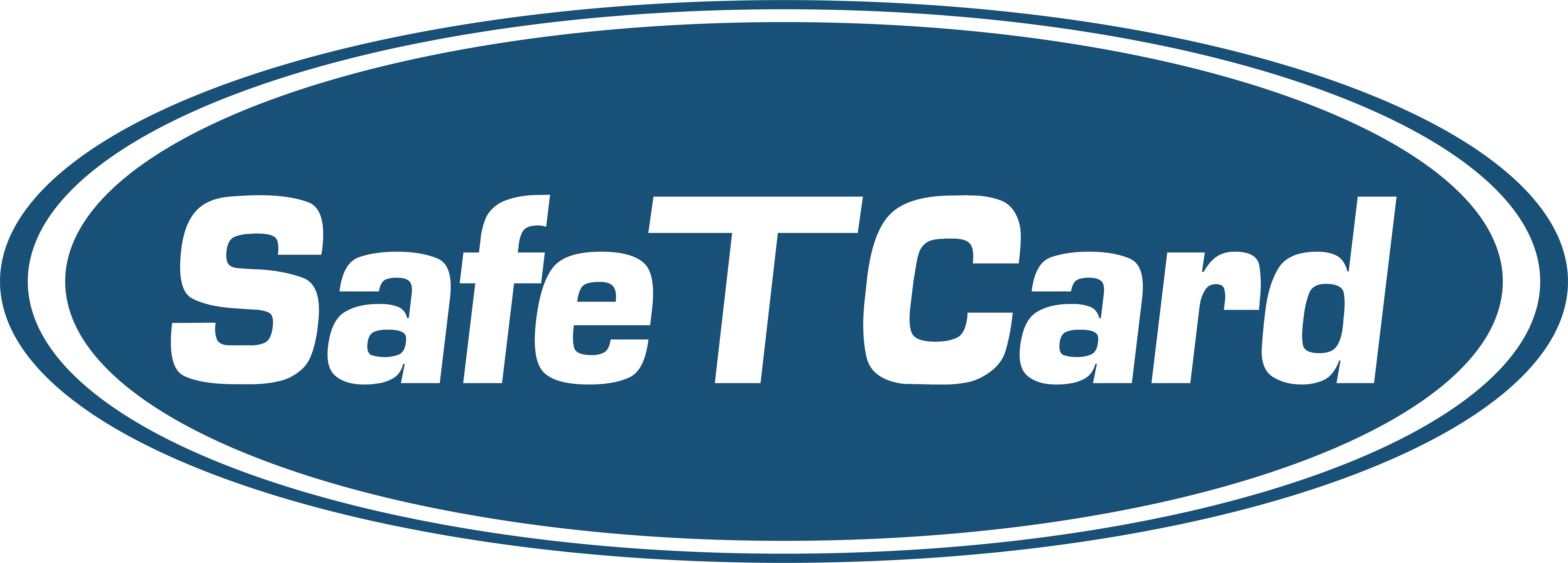In an ever-evolving workplace landscape, ensuring the safety of lone workers has become a pressing priority for businesses across various industries. Lone workers, by definition, operate without direct supervision and often face unique risks due to their isolation. To address these challenges, enhanced communication systems are revolutionising how businesses protect their workforce, offering real-time support and efficient emergency management.
The growing demand for advanced communication systems
As the workforce becomes more decentralised, the need for reliable communication tools has surged. Industries such as hospitality, retail, healthcare, security, and field services increasingly rely on lone workers to maintain operations. However, the isolation inherent to these roles poses significant safety risks, from medical emergencies to unexpected threats in remote or hazardous environments.
Traditional safety methods, such as periodic check-ins or manual reporting, are no longer sufficient. Businesses are now turning to advanced communication technologies that offer immediate and reliable connectivity between lone workers and support teams.
Key features of enhanced communication systems
Modern communication solutions for lone workers go beyond simple voice calls. They incorporate a range of sophisticated features designed to ensure swift and effective responses during emergencies:
- Two-way communication: direct, two-way audio allows workers to instantly connect with monitoring centres. This real-time interaction ensures that concerns can be addressed immediately.
- Emergency alerts: devices equipped with red alert buttons, rip cords, or automated fall detection can instantly notify a monitoring centre, triggering a rapid response to emergency services.
- Audio Check-ins: SafeTCard devices include a unique feature, allowing the user to record a voice message with their location details before entering a potential high-risk situation. If the operator hasn’t heard back after a given time, the emergency services will be dispatched accordingly.
- GPS- enabled device and Wi-Fi location: knowing a worker’s exact location is crucial in emergencies. Advanced technology offers precise localisation, enabling quick dispatch of assistance and efficiency.
- Integration with monitoring centres: SafeTCard devices connect directly to their own Grade A1 Alarm Receiving Centres (ARC), which provide 24/7 monitoring and support.
Benefits for businesses and employees
Implementing enhanced communication systems offers significant advantages for both employers and their workforce:
- Improved response times: real-time communication and GPS localisation drastically reduce the time taken to respond to emergencies.
- Increased employee confidence: knowing that help is just a button press away fosters a sense of security among lone workers, boosting morale, productivity and retention.
- Compliance with safety regulations: advanced communication systems help businesses meet legal obligations under workplace safety regulations, such as the Work Health and Safety (WHS) Act.
- Operational efficiency: streamlined communication reduces the need for manual check-ins, freeing up time for more productive tasks.
Real-world applications
Enhanced lone worker communication systems have proven invaluable across various industries. By providing real-time communication and emergency response capabilities, they empower employees to stay safe and connected, even in high-risk or isolated environments. Here’s how these solutions are being applied in key sectors:
- Utilities and maintenance:
Field technicians inspecting or repairing remote infrastructure, such as power lines or water treatment plants, can quickly report hazards or request assistance. In remote areas, GPS-enabled devices ensure their locations are tracked, facilitating swift emergency response. - Healthcare and community services:
- Home care providers: workers visiting patients’ homes can face unpredictable situations, such as aggressive clients or sudden medical emergencies. With two-way communication and SOS alert functions, they can immediately contact supervisors or emergency services for help.
- Mental health workers: Specialists conducting outreach visits can discreetly raise alerts during potentially volatile encounters.
- Security services:
Security guards patrolling expansive properties like shopping malls, warehouses, or event venues can use enhanced communication systems to stay connected with their teams. SOS alerts and GPS function help dispatch support quickly if a threat or emergency arises. - Retail:
- Retail staff working during early mornings, late nights, or in isolated sections of a store are vulnerable to robbery or aggressive customers. Communication systems allow them to raise discreet alerts and communicate directly with security personnel or management.
- Inventory teams working in large warehouses can stay connected for operational efficiency and safety coordination.
- Hospitality:
- Hotel housekeeping and maintenance staff often work alone on different floors or in guest rooms. Communication devices with panic alerts ensure they can quickly summon help if confronted by threatening guests or accidents.
- Night managers and front-desk staff benefit from location tracking and direct communication to security or emergency responders.
- Transport and logistics:
- Delivery drivers working across remote routes or making late-night deliveries can use GPS and communication tools to stay connected with their base and signal distress if needed.
- Warehouse workers operating heavy machinery alone during off-peak hours can raise alerts in case of accidents.
Looking ahead
The demand for enhanced safety solutions is driving the rapid evolution of lone worker communication systems. As technology advances, forward-thinking businesses must prioritise solutions that seamlessly integrate advanced features with user-friendly designs, empowering employees to stay safe and connected.
Investing in these systems goes beyond compliance—it demonstrates a company’s commitment to employee wellbeing and operational excellence. Real-time communication, emergency alerts, and location tracking not only protect lone workers but also boost their confidence and productivity, knowing that help is always within reach.
As more businesses adopt these advanced systems, they not only safeguard their workforce but also build stronger, more resilient operations capable of navigating today’s safety challenges with confidence. The message is clear: when your workers are never truly alone, your business is stronger and safer.




